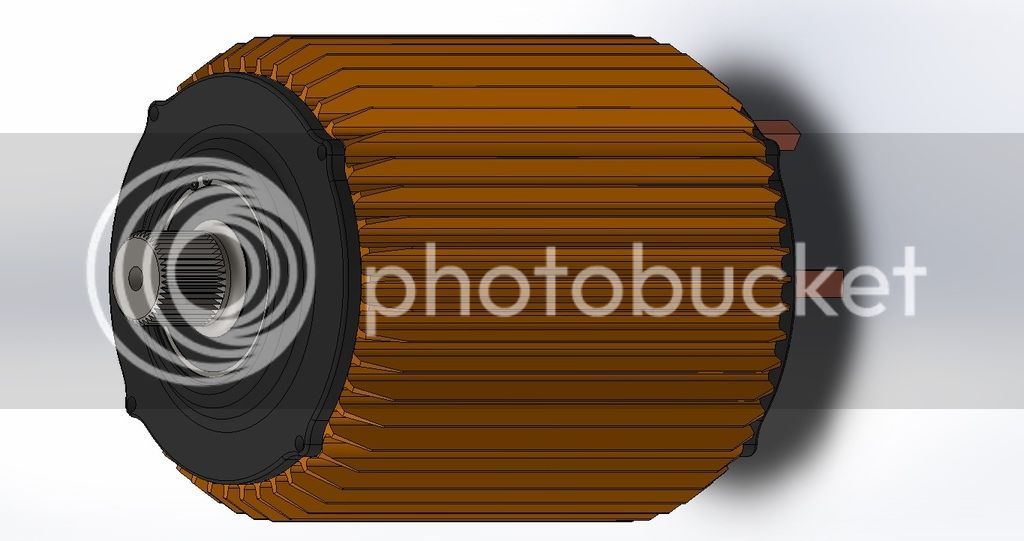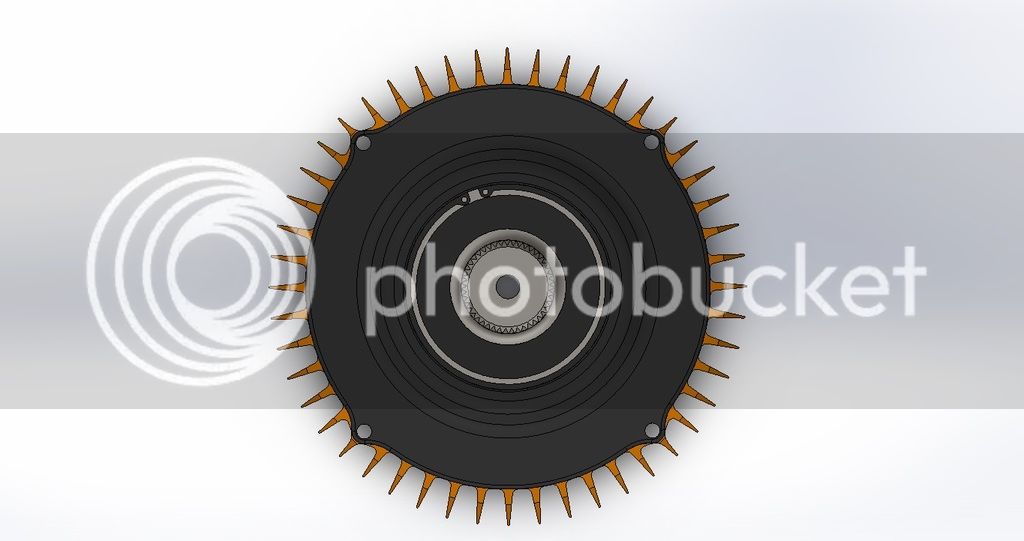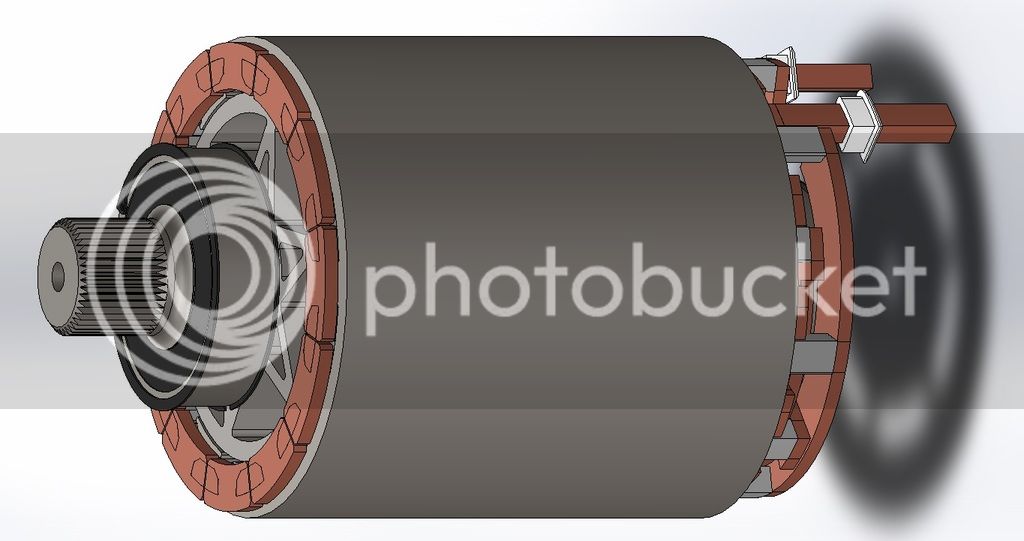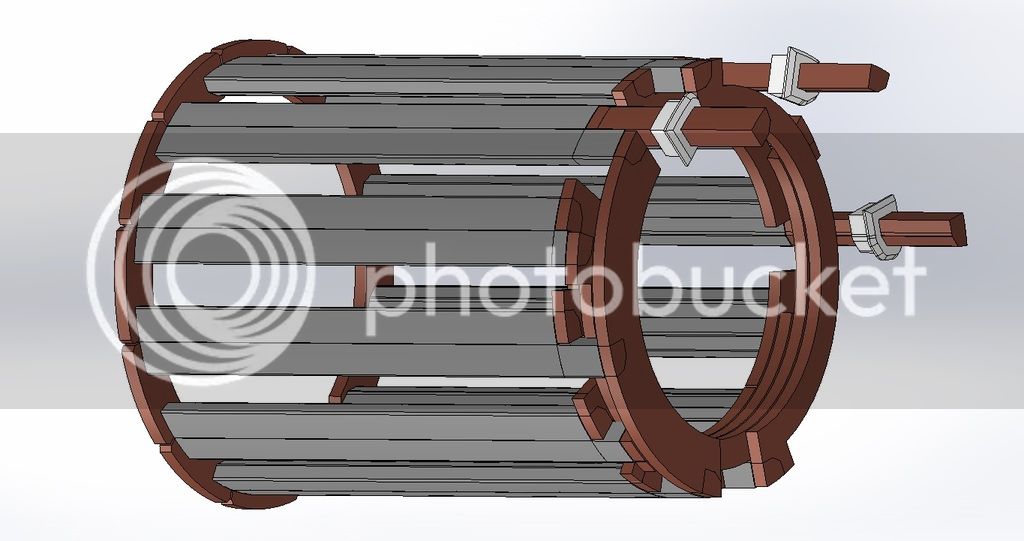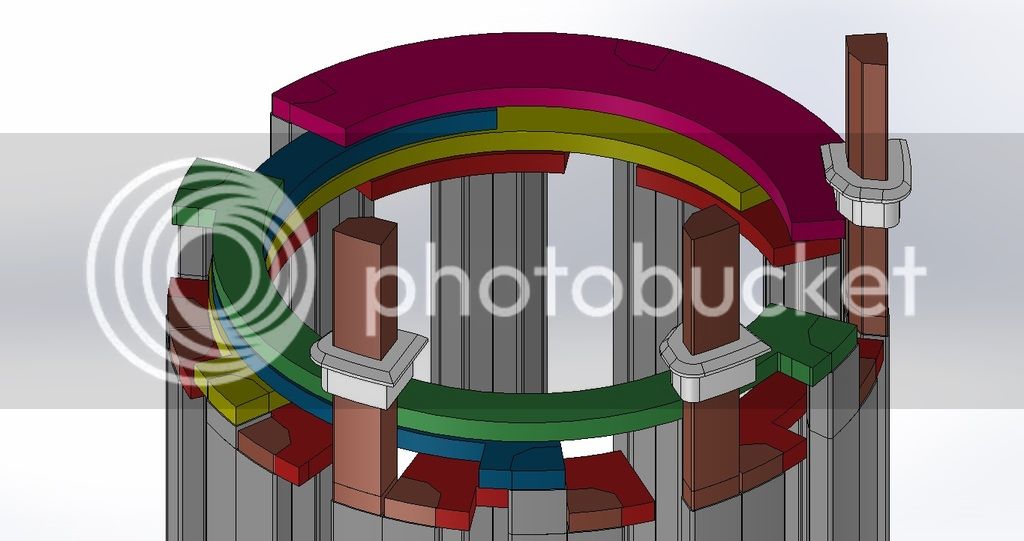Walk-thru w/Pictures - Hand-building a Spark EV Motor
GM builds its own oil-cooled permanent-magnet electric motor for this Spark at a plant in Baltimore, a motor it promises will appear in another, as yet unnamed, product in the pipeline.
Take note: One day it could be remembered as the small-block of the electric segment.
Instant Electric Torque, and Lots of It
It spins out 105 kW (140 horsepower) and
a strong 400 lb-ft of torque. That latter figure, especially, makes us think it's past time the Society of Automotive Engineers (SAE) weighed in with a standard for reliable comparisons, but once you drive it, there's no question this motor's got muscle. Car and Driver estimates the Spark EV can reach 60 mph in fewer than eight seconds
In essence, the stator is a tube consisting of electrical steel and copper. The steel portion has a high silicon and iron content and consists of many thin plates called laminations. Slots in the laminations are first lined with insulating sleeves made of paper and then filled with approximately 20 pounds of copper. Instead of using round-section wires, GM’s design for the Spark’s motor fills the stator slots
with rectangular-section copper bars. (The roughly 3-by-4-mm bars have a higher surface-to-volume ratio than round wire, which optimizes both their electrical and cooling characteristics.)....
GM uses a two-lever press to form the copper bars to the desired shape. After loading a straight chunk of varnish-coated copper bar stock into the die jaws, I gave the first handle a hefty swing followed by a pull of the second lever. Upon returning those handles to their original positions, the finished product—what looks like a hairpin for Andre the Giant—is ready for further processing.
The next step is carefully loading 120 of those hairpins into the correct stator slots. There are eight types of pins and they fit closely together, so care is needed to get the location and sequence perfect. After the pins are started, they’re shoved home—seated all the way inside the stator—in a hydraulic press exerting more than 1000 pounds of force to overcome the friction between the copper bars and the paper insulators.





